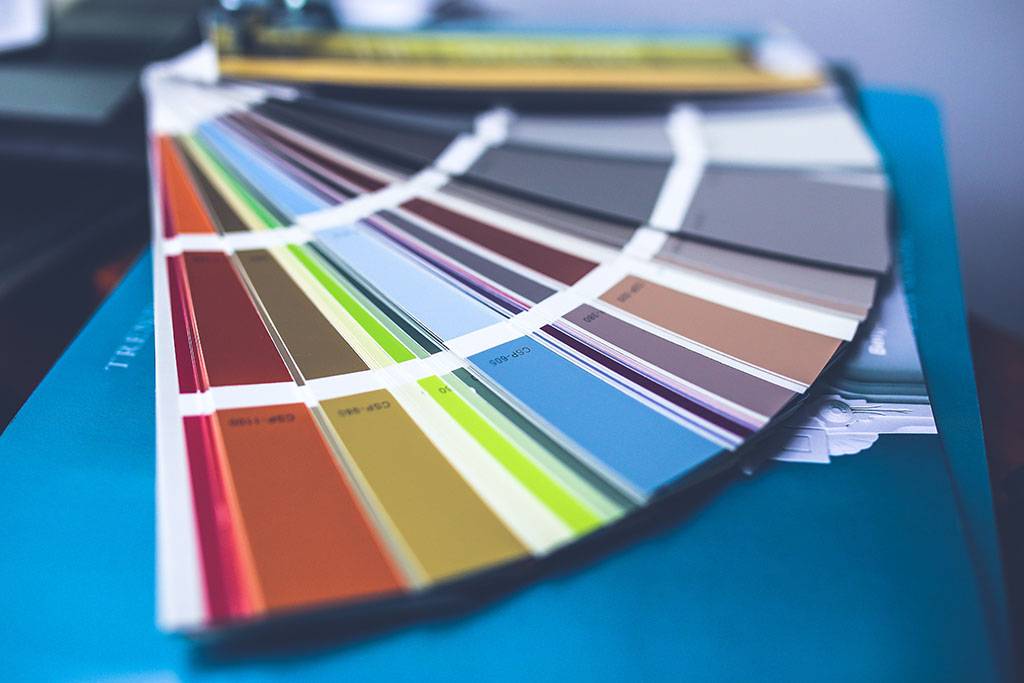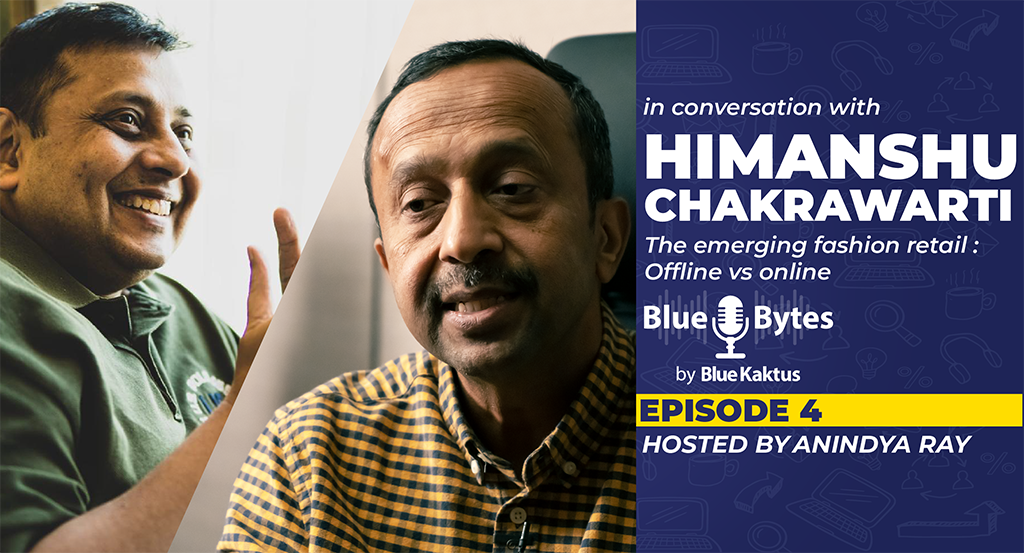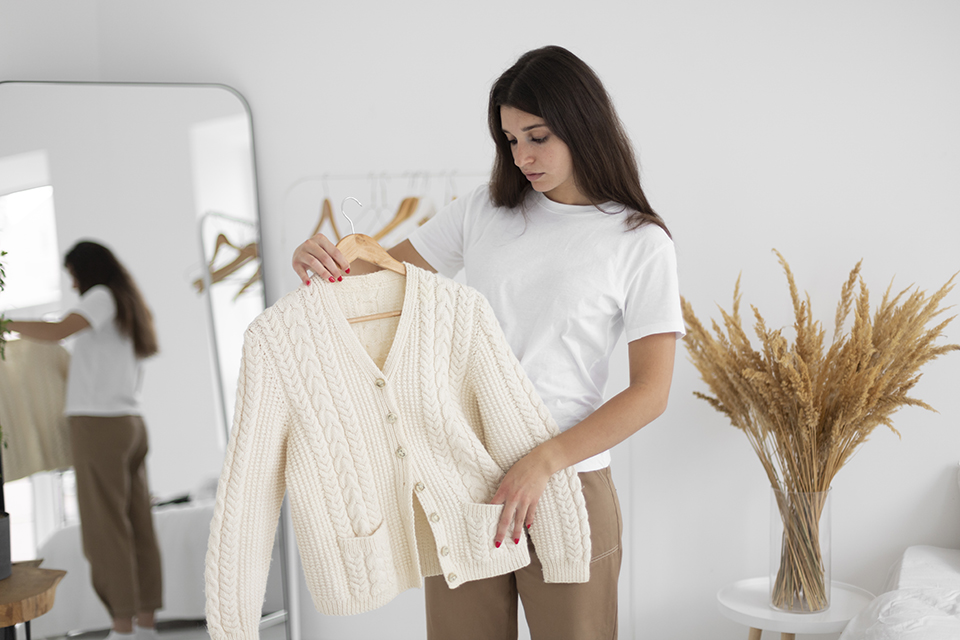We all know that the words “Buyer, Approval, PCD, Delivery Date, Inspection, On-time, Delay, Discount etc.” evoke fear in the minds of any apparel merchandiser, be it in the head office or a factory.
In this blog, let us see the views of various stakeholders involved in any particular submission and approval process.
A typical and interesting example can be seen here which is always a Colour Submission and approval in this industry. The various stakeholders involved are a Designer, a Buying Merchant, a Factory Merchant and a Lab Technician.
Considering a general flow, the :
- Submission request is a forward flow i.e., Designer - Buying Merchant - Factory Merchant - Lab Technician
- Submission is a backward flow i.e., Lab Technician - Factory Merchant - Buying Merchant - Designer
- Comments on submission is a forward flow i.e., Designer - Buying Merchant - Factory Merchant - Lab Technician
In some cases the request flow is very long, i.e., from Designer - Product Merchant in Brand office - Sourcing Merchant in Brand Office - Buying Office Merchant - Factory Merchant - Fabric Merchant in Factory - Merchant in Dyeing Unit - Lab Technician. Still this apparel industry survives even with such a long downward and upward flow, which is really great.
Above flow continues till the colour is approved. Most of the factories put their hands up after the 3rd submission. They usually say “this is the maximum possible achievement in this particular colour, so please approve it”.

Colour submission and approval process happens either during Salesman Sample development or in case of a direct order, it happens after order confirmation. Color development post order confirmation is critical as eats into the lead time agreed upon, particularly of the lab dip submissions are repeated.
Designers always like to develop a colour before the order confirmation, as they get enough time to get the right colour as per their requirement. Many-a-times designers approve the colour even if they are not convinced considering the delivery timeline.
Designer provides a Pantone chip, Pantone number or a colour standard (a small fabric cutting from whichever fabric Designer see and like, sometimes even an unraveled thread from a fabric) and explain about the colour requirement, yarn / fabric quality in which lab dip should be made to the next person in the chain. Sometimes, designer’s give the standards and don’t explain, as they think lab dips will be made as per the standard procedure followed which many a times lead to re-submission. Few bigger brands where manufacturing happens worldwide, provide pre-developed colour standards in fabric chip form for the season with recipe and colour values of dyes to maintain uniformity in their shade.

Designer’s View & Comment :
- Expects the lab dip colour to come correct as per their expectations (Nothing wrong in it, designer’s are spending months together in forecasting the colours for the season). They are responsible for the style outcome and obviously that results in sales number.
- On receipt of 1st submission, they match the options with standard available with them. Though scientific reports (Delta E) are provided, designer’s think the manual matching will be convincing. Mostly colour matching is done on the seat or they take it to window side and match in the sunlight. (Pantone paper chip is always a challenge here, it is purely based on person to person. Matching can be shown as lighter or darker based on the light reflection on the paper).
- Rarely 1st submission comes right and gets approved. (If not as per their expectation, some of the designers comment precisely on the particular option “to make it greener or bluer or redder or lighter or darker or brighter” etc. Few designer’s comment as just ‘Not Ok’, ‘Not matching to standard, Re-submit’ which doesn’t provide any information to lab technician to improve the next submission).
- After a week or 10 days, 2nd submission comes, designer’s compare with 1st submit and the colour standard. If even with the 2nd submission, designer is not convinced, the comment continues.
- Many designer’s think, whatever precisely we approve the colour in lab dip form, the bulk fabric will be in different shade. (Even designer’s thoughts are right, it would be 90/100 practically when converting the colour from lab dip to bulk shade).
Factory Merchant’s View & Comment :
- Factory Merchant forwards colour palette along with colour standards received from the designer / buyer to various dyeing units based on requirements like yarn dip, fabric dip, mélange shade yarn dip, mocks for garment dyeing shades dip etc.
- On receipt of submissions from dyeing units, it is couriered to the buyer for approval. Here are few interesting combination of instances happening while submitting to buyer …
- submission goes with or without checking against colour standards (many times when it gets rejected and buyer asks why it’s not checked in your place, factory merchant says that I don’t have colour standard to check, it is with dyeing unit or received the submissions close to courier cut-off time, so it is couriered as received) etc.
- submission goes with or without Delta E reports (many small dyeing units don’t have spectrophotometer to check the values)
- submission goes with or without required number of lab dip options
- submitting same option received from dyeing unit and cutting into 2 parts and submitting as Option A and Option E randomly
- submitting same option received from dyeing unit as cutting in 2 parts, one as actual received and other one with ironing to give a lighter look and many more.
- Many factory merchant’s think that how many ever options are submitted, designer’s will be giving some or the other comments and designer will not approve in the 1st submission
- If the submissions are getting comments or rejected, instead of approval, immediately factory merchants think that the colour standards received were very small, how can the colours be matched exactly as per designer’s expectation.
- Factory Merchant’s always groan that “I said in the starting itself that these colours are very dark and tough, this will not match exactly how many ever submissions I do, but nobody listens to me’.
- I have received colour standard in solid dyed fabric bit but the designer needs a lab dip in PC single dyed fabric, how will the shade match ?
- Buyer has given 70 colours to make lab dip in 1 week, how can I make the lab dips in one dyeing unit to meet the timeline?
- Buyer has given 70 colours to make lab dip but only 30 colours will be selected for the season, which dyeing unit will match colour properly if this is the hit rate ?
- Factory merchant’s think that why we need to submit lab dips for all these 70 colours in both cotton and viscose fabric separately, can’t designer’s see and approve in any fabric quality ?
Above are a few, but these kind of views and comments on colour approval are always in Factory Merchant’s mind.

Lab technicians in this chain are of a different kind, they are very straight forward. They keep making lab dips as per the information received, so it is the sole responsibility of Factory Merchant’s or Fabric Merchant in Factory to pass on right information from the designer with proper understanding of final product to get the correct dips from dyeing units and get it approved quickly.
Considering the delivery timeline and number of submissions made, the buying merchant / sourcing merchant in Brand plays a very important role here. They need to understand the requirements from the designer properly, take it up with factory and sometimes directly to the lab technician, get the submissions, check both the Delta E data and physically in light box matching to standards, get convinced themselves first and then submit to the designer, it is sure that the approval rate in 1st attempt will be more than 90%. This way an intermediate person is required always to solve this colour approval issues and to move forward without losing time here.
Bulk lot colour approval is another tricky part in apparel manufacturing where designers don’t involve in production approvals, they stop with the lab dip closure. This bulk lot colour will be either buyer sourcing merchant or buying office merchant or in many places regional merchant or QA’s or sometimes even factory’s senior merchant take a call based on signed lab dip approval by a designer as the wet fabric lot in dyeing machine cannot be kept idle for long time, it has to be finished and moved to next step to avoid dyeing related issues on fabric later.
Sometimes, bulk dyeing units are changed by factory after getting lab dip approved due to various reasons, where the bulk colour matching will be at a risk.
There is a saying that better understanding gives better results, it is applicable here too.
See you in my next article, follow me…
RELATED TOPICS:#Apparel,Satheesh Kumar
Leave a comment
Our email address will not be published. Required fields are marked *







6 Comments
BALAJIJan 06, 2024 at 09:52 am
We can conclude the double layer or single layer of lab dip
Я в делеNov 17, 2023 at 12:51 pm
Я не получаю то, что хочу. Не хватает мотивации на регулярные занятия. Мои цели сбываются у других людей. Я в деле
1526Jan 23, 2023 at 08:22 am
1526
Akhil KhannaNov 15, 2020 at 09:33 am
It’s a good practice to communicate Color by TCX. Numbe many mills have the automatic colour developers Equiptment. Instead of making a yarn skin make a yarn sock to get the closest match
MunishNov 12, 2020 at 12:44 pm
Knowledgeable content ,share some more article like this.
Poonam Sood lalNov 01, 2020 at 11:30 am
The solution we found in the bigger brands was to take the colour standards go to a dyeing mill and get it done on fabric so that factory ,dyeing mill etc have a large enough piece to match. Many a time I’ve seen merchants trying to match in a thumbnail size Pantone chip which is left. The optical illusion is so highly that most times it is rejected In the domestic brands if I was myself convinced that the match was correct we simply showed it to the customer again after a week and got the same standard approved which was rejected earlier. Another concept I’ve never understood is I will take the bulk with a discount because it is off standard. It’s either rejected or it’s sellable. It’s sellable with a discount is beyond my understanding except for a buyer trying to increase their business margins